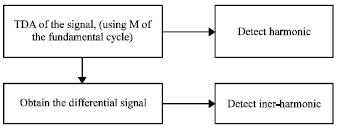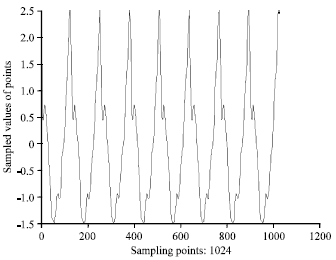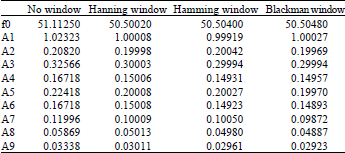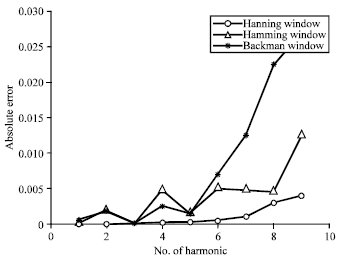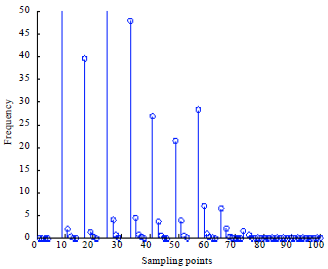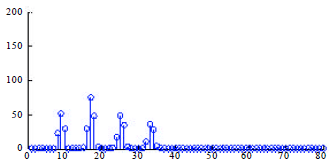Research Article
Detection of Harmonic and Inter-harmonic Caused by Synchronization of Small Hydropower Station
College of Communication and Electronic Engineering, Hunan City University, Hunan Yiyang, 413000, China
Wang Jia-Jia
College of Communication and Electronic Engineering, Hunan City University, Hunan Yiyang, 413000, China
Tian Wang-Lan
College of Communication and Electronic Engineering, Hunan City University, Hunan Yiyang, 413000, China
Hu Sai-Chun
College of Communication and Electronic Engineering, Hunan City University, Hunan Yiyang, 413000, China
Xiao Wei-Chu
College of Communication and Electronic Engineering, Hunan City University, Hunan Yiyang, 413000, China









